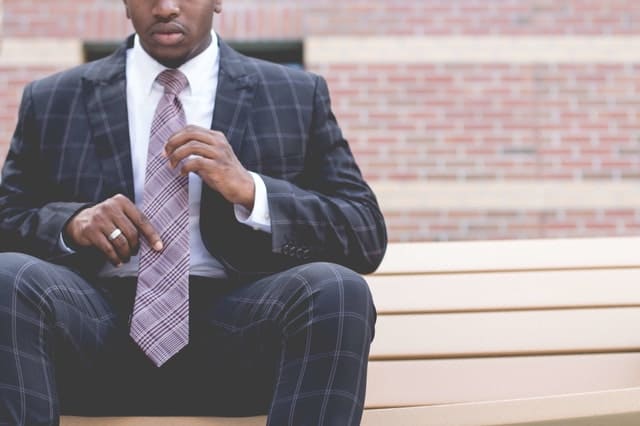“Putting on your first suit is a rite of passage.” AA Gill gets all misty-eyed as he remembers leaving boyhood behind. Anthropologists, holistic-remedy practitioners, gay orienteering instructors and the Prince of Wales are all constantly complaining that Western men have misplaced their rites of passage. There is no social gathering or arcane sports day to...

The Suit Maketh The Man
- Post published:April 3, 2020
- Post category:Articles / Articles / Dress Code Design / Personal Branding

